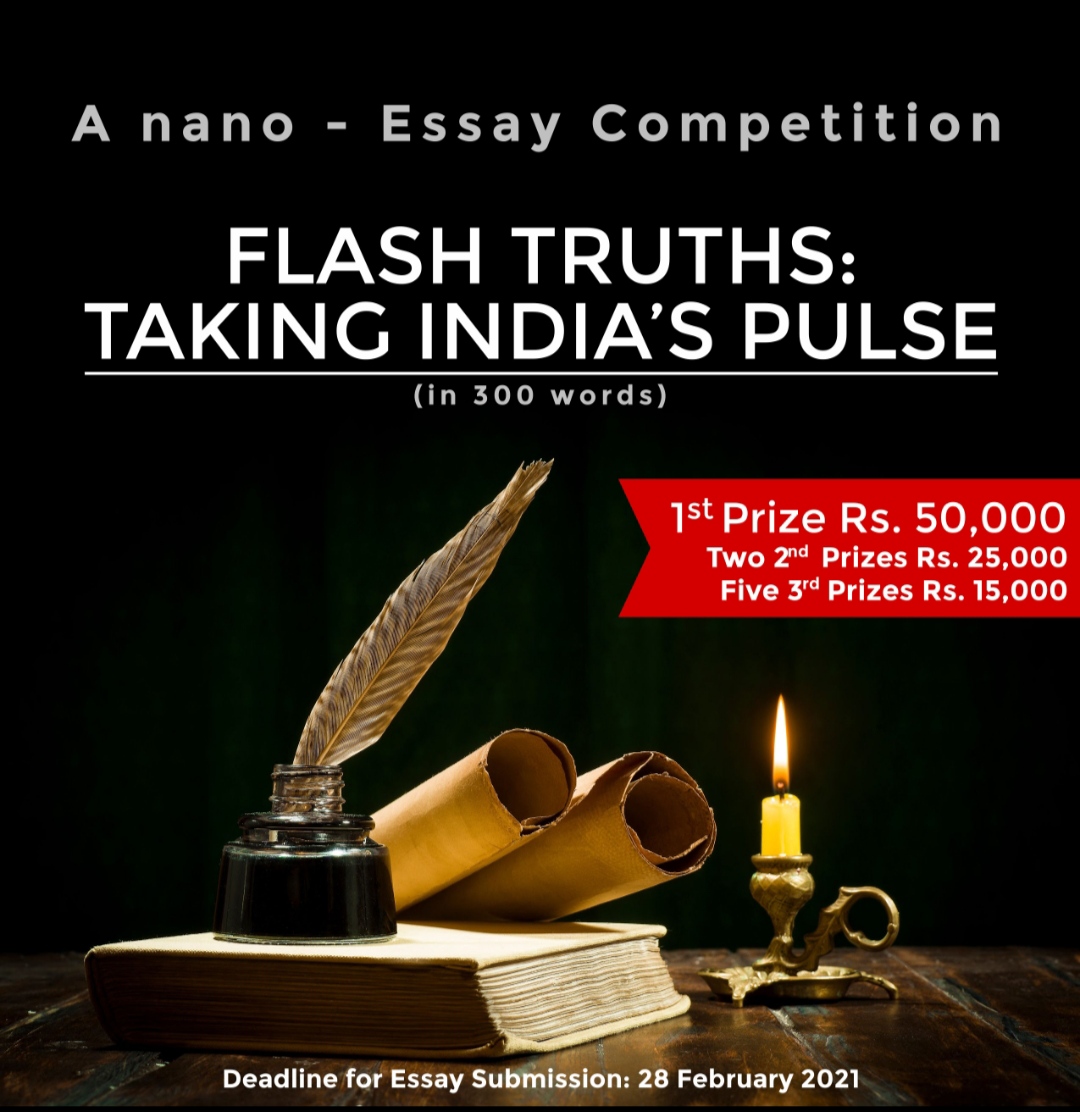By Rakesh Ahuja
A surreal visual experience watching the 72nd Indian Republic Day unfolding on the split-screen on 26 January. On the left, the Parade on Rajpath; solemnly celebratory. Oxymoronic, I know, but true. On the right, the anarchic scenes as the so-called “farmers”, most clearly not the humble ‘Kisan’, invading the Red Fort. The contradiction that is Indian society day after day laid bare in sharp relief. Educated Indians and media provided multiple explanations, reflecting their stark prejudices. By and large, most foreigners, of course, do not understand how order and anarchy can be played out just kilometres apart without loss of life; Galbraith described India as a “functioning anarchy”. So the form of the State was preserved with the Parade, with the substance of farmer discontent, however unmerited, to be handled later.
My objective here is not to analyse the politics of it all. Having watched Republic Day parades on and off since 1952, I offer only stray observations on what I consider to be an archaic exercise.
Soviet Colonised Mind
Observing the Indian social and political mores, we have watched the Indian colonised mind still alive and well into the third generation after Independence. Invariably, this mindset has been associated with Mughal and British colonisation of India. But what about the Soviet colonisation?
The post-Independence Nehruvian cohort adopted willy-nilly the then Soviet Union’s socialist creed and practices. The saga of the resulting strangulation of the Indian economic and social policies more or less ended in 1991. However, one high-profile wrinkle survives on the fabric of the Indian State and Public consciousness: the annual Republic Day Parade.
The Nazis perfected populist and militaristic parades to underpin and magnify the apparent populist support to underwrite the regime’s legitimacy. The Soviets and their East European captive regimes, the Chinese and the Cubans – and India – faithfully adopted the model. There was undoubtedly an element of Antoinette’s formula about giving people bread and circuses. (In Soviet case, literally plus Vodka.). Certainly, it also worked to an extent in India too; I distinctly recall the adolescent pride while watching my very first Parade replete with WWII Canberra bombers and Hurricane fighters.
Decades later, the Indian Parade continues along the two-lane Rajpath, manicured British style. It pales against the extravagance of Russian 7 November in Red Square or Chinese 1 October in Tiananmen Square. And yet India persists in holding the puny spectacle as proof of “New India.”
Does a parade loaded with nationalistic and militaristic rhetoric have a place in a genuine democracy? Which other democracies celebrate their national days with such displays? (What can beat the barbie and the beer on a sun-soaked Australian beach on Australia Day on 26 January – yes, the same date as the Republic Day?). Autocratic regimes need this annual ritual to remind their people of who is in charge. India does not. The Parade in New Delhi is a reflection of the socialist era. Into the 21 st Century, the pathetic netas and babus have no idea of how else to present the image of ” diversity, culture, military strength etc. etc.” in the Age of Information. They hang on to the past like limpets.
Stray Vignettes:
The tableau of the Information and Broadcasting Ministry. Reminds one and all of State propaganda to influence the minds of the populace. A stark Soviet legacy. Is that the Orwellian message that India wants to convey to the world?
The turgid, Soviet-style Door Darshan commentary in monotone, replete with cliches dug from the British colonial era. (The only saving grace is the genius of the Indian mind: It absorbs all and every form and substance of colonisers. Without discrimination.)
But who can beat this gem? Noting the march-past of an all-women contingent, the commentator proudly observed without understanding the import of the English language: “Girls are on full display on Rajpath”.
The sycophants: Every time any visual reference to Gujarat occurred, the VIP enclosure denizens would stand up. No such obeisance was accorded to e.g. armed forces’ tableaux.
The Clean Water Tableau reminded one and all: 72 years later, the Indian Republic has apparently achieved the goal of providing clean water in plastic bottles.
Talking of plastic in the time of Swachh Bharat, thousands of plastic balloons were released into the sky at the Parade’s conclusion. No recognition of the inherent contradiction between proclaimed policy and officially – sanctioned action.
The Salute
For decades, I have watched the Indian politicians’ attempt to copy the Brits taking a salute. Be it at major occasions such as the Republic Day or minor ones where the national anthem is played accompanied by a minim of a march past by athletes or such like. Taking the British Queen as a role model, pollies take the salute: impotently limp-cocked wrist at the forehead or the corner of the eye, splayed fingers and a swaying elbow. (The optics are even worse in case of women; e.g. watch female CMs such as Mamata Banerjee; Jayalalitha etc.)
One can only imagine the sheer humiliation that the attending, self-respecting uniformed staff must feel in the company of such wayward, symbolic display of patriotism in contrast to their ramrod homage.
The solution?
One, draft military instructors to teach these Honourable Guests to learn to be proud of whoever or whatever they are reviewing: Firm forearm, wrist and fingers straight..
Alternatively, do what the Americans do, including Presidents: Hand over the Heart. Notably, this gesture is part and parcel of Indian culture since the Mughal advent. So simple, so expressive. Yet, the polity follows the Brit queen. I asked Narasimha Rao about this. He responded with a lengthy anecdote. In short, when he was a budding political youth leader at Osmania University, he had been reprimanded by his Congress compatriots for that gesticulation because “it is Muslim”.
My conclusion: Abolish the Republic Day Parade. Instead, celebrate with Secular Events to represent the very spirit of the Indian society: It is a product of many races and many cultures.



